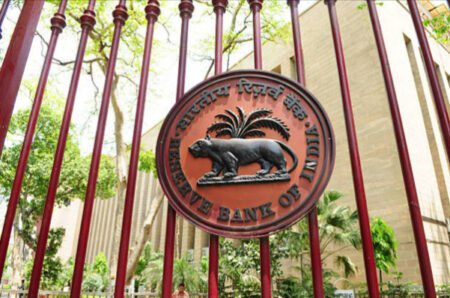Since returns have been largely positive for at least three months prior to the end of the US recession as well as during the period of the FED’s second to last rate hike to six months following the commencement of rate cuts which is the present phase, global brokerage giant BofA, Bank of America, said it expects the Nifty finishing December 2024 at 20,500.

After the United States Federal Reserve and other prominent economists from Bank of America (BofA) and JPMorgan revised their estimates for the 2024 recession downward, Dalal Street bulls are gaining momentum on expectations for further foreign capital inflows which may benefit the Indian market.
Predictions by Bank of America
Global brokerage giant BofA predicted that the Nifty will conclude December 2024 at 20,500, since the returns were largely positive from the past six months before the commencement of the Fed’s rate decreases to at least three months before the end of the US recession.
Additionally, he anticipates that Nifty, which is presently trading at 19X 1-year ahead PE (weighted average of current components), may be re-rated.
According to the Street, the weighted average of historical constituents or 16x is what the Nifty’s long-term average is. BofA said that they think the best way to examine the Nifty valuations is to be more forward-looking and anticipate a long-term average, based on the current constituents, which comes to 19x, Nifty’s current levels.
Advises to be taken
Amish Shah, an analyst of BofA, argued for buying large caps because the valuations of small and midcaps are high and earnings growth estimates appear stretched. While Nifty is expecting quite a generous amount of Foreign inflow, the Domestic inflows in the economy could continue to remain robust and a third of Nifty market cap is still remaining below long-term average valuations. And not much but few of these inflows are there which offer the investors buying opportunity.
BofA anticipates a danger of profits reduction when it comes to earnings growth. It advised staying away from sectors that have a higher risk of earnings downgrades, growth that is mostly fueled from margin expansion (risk from a surge in commodity prices), or recent rallies that have been primarily driven by valuation expansion versus earnings. On the basis of this, the US is cautious in IT, some of the certain automobiles and discretionary, metals, cement, telecom, utilities, and other material sectors.
A danger element to watch is India’s busy election schedule, it warned
Impact of the US Federal Reserve
BofA also stated if there would be a no recession scenario in the US, it might indicate a just higher Foreign portfolio investors inflows to the emerging markets, especially of India, based on a strong footing in macro level.
According to the brokerage business, this might cause Nifty values to rise to levels above 1 Mln USD.
BofA is overweight in select autos (passenger & commercial vehicles on volume growth as well as margin expansion), financials (cheap valuations, low risk of large earnings cuts), industrials (strong capex/real estate upcycle), and healthcare (better pricing in the US, strong India/Specialty business).
Although the US experts are certain that there won’t be another recession till that time, any unfavorable developments in the US economy, government spending, or monetary policy could seriously have a negative impact on the stock market of India.
Choices of BofA
Some top choices made by the Federal Reserve are HDFC Bank, ICICI Bank, Paytm, L&T, HUL, ITC, Britannia, Sun Pharma, Maruti Suzuki, Zomato, Dr. Reddy’s, Reliable Industries and Tata Motors. These are some of the top major choices of BofA in stock selection. BofA may plan to invest in these stocks if it decides to make an investment in India.













